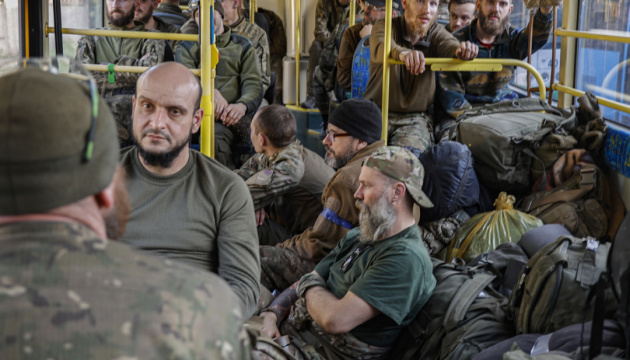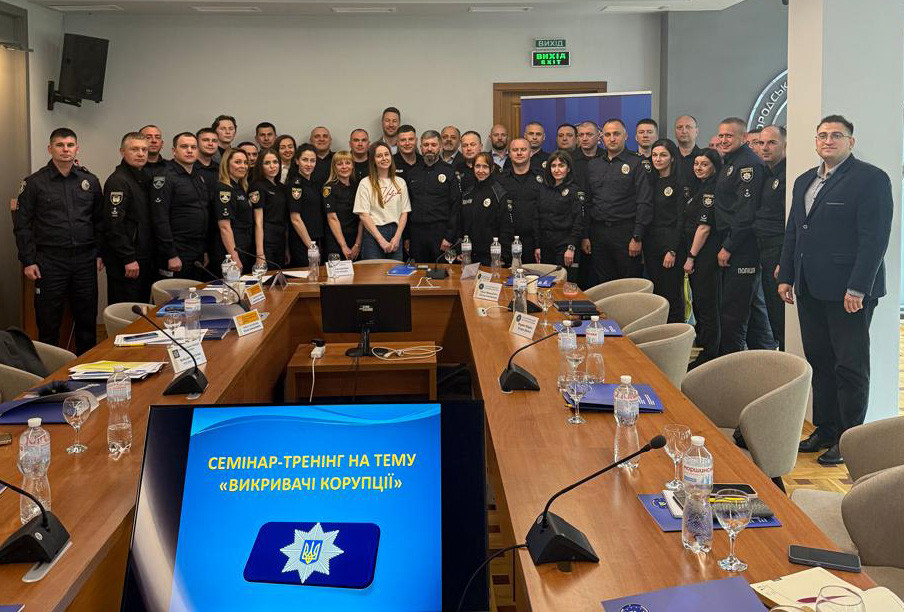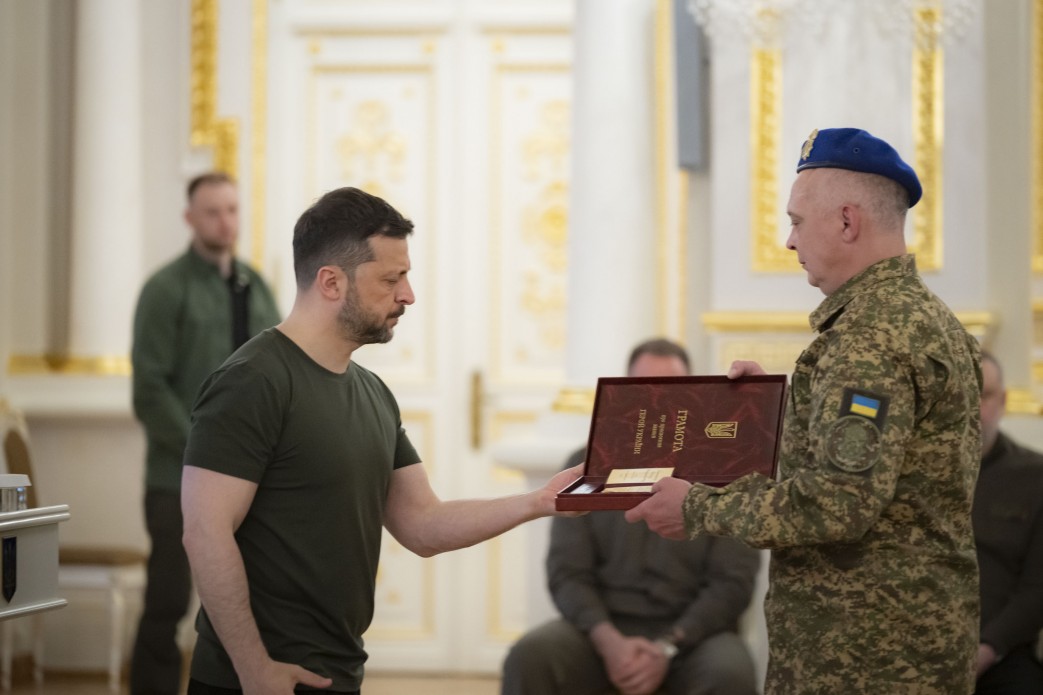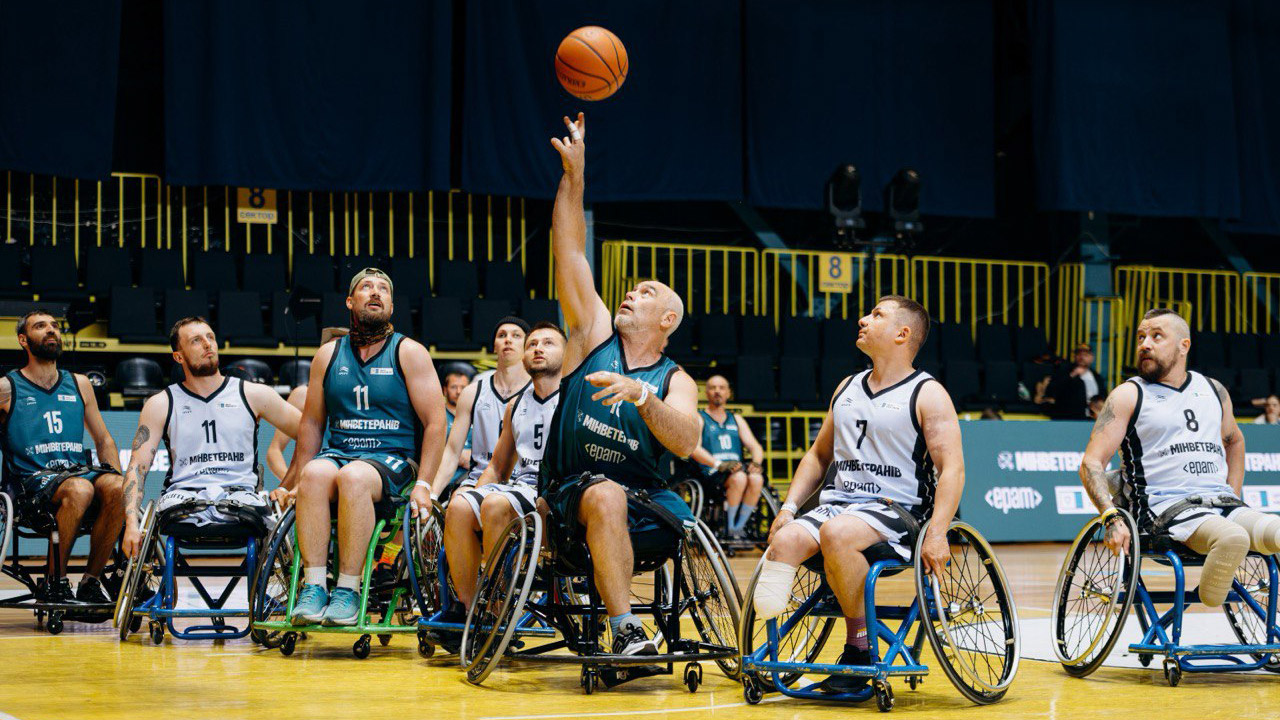Battle for Mariupol. Heroes-defenders of Azovstal

The Battle of Mariupol (also Siege of Mariupol, Defense of Mariupol) began immediately after the full-scale Russian invasion of Ukraine and lasted from February 24 to May 20, 2022. The defense of the hero city lasted 86 days, 82 of which were completely surrounded.
The base of the garrison of the defenders of Mariupol was the regiment of the National Guard of Ukraine “Azov”, units of the coast guard of the DPS, the patrol police and the local terrorist organization. Most of the garrison of defenders of Mariupol represented the system of bodies of the Ministry of Internal Affairs, in particular, such as the National Guard, patrol police, border guards. The total length of the outer line of fortifications and strongholds around the city was about 85 km. On February 24-28, 2022, the enemy approached Mariupol from the east, north and west.
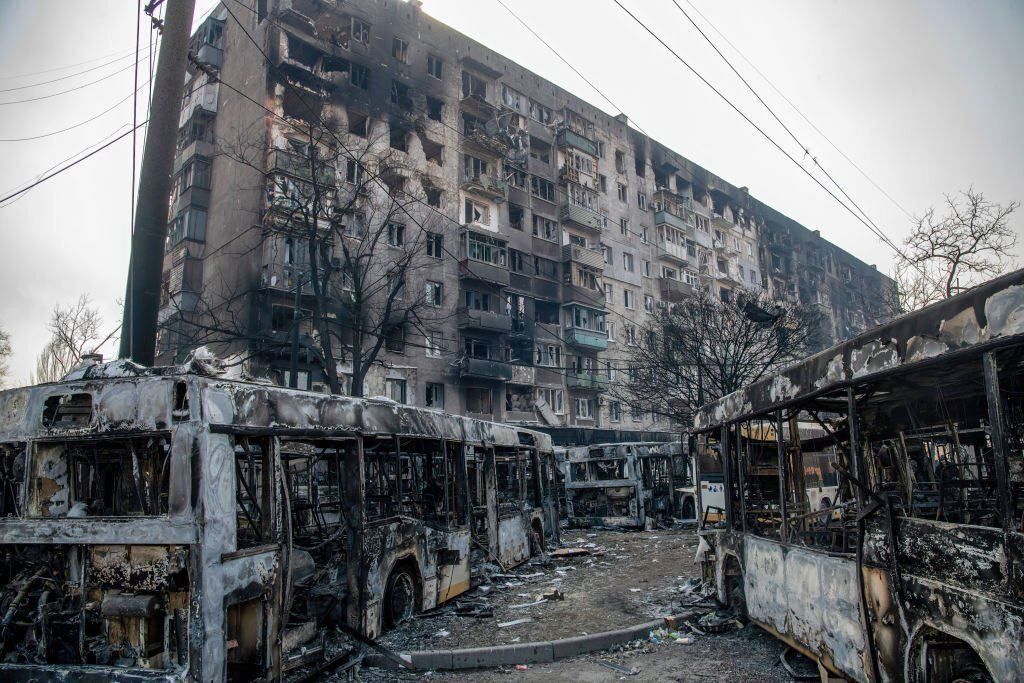
Since March 1, the city was already completely surrounded. Massive shelling of most neighborhoods of the city and fighting in various parts of the city continued. On March 5, the enemy approached the center. Attempts to evacuate civilians are disrupted due to massive shelling by Russians.

On March 9, Russians attacked a hospital and a maternity hospital in the center of Mariupol. The ring around the central part of the city clashed further. On March 14, the Russian army stormed the seaport of Mariupol. On March 16, the Russians dropped an air bomb on a drama theater in the center of the city, where more than 600 civilians died under the rubble. Enemy equipment and infantry surrounded the central part of the city. Already in three weeks, the Russians practically destroyed entire areas of the city, but they could not completely capture it.
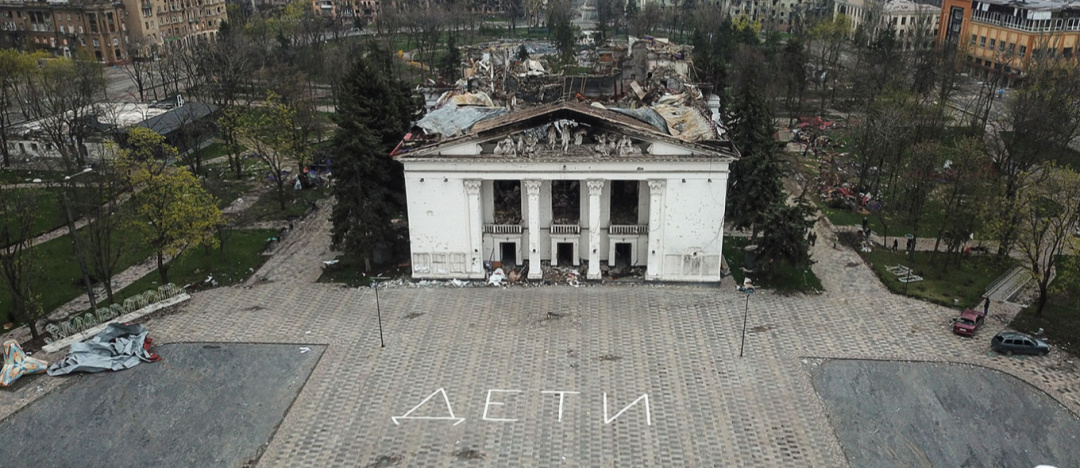
A few days before February 24, the leadership of the military units and law enforcement officers of the city had no doubts about a full-scale invasion. The regiment of the NGU “Azovi” (then — Special Special Purpose Detachment (OSZP), now — the special purpose brigade “Azov” as part of the National Guard and the Guard of Offensive) developed protocols of action: personnel — on high alert, heavy equipment left for Mangusha area — 20 km away further from the city, under the guise of training.
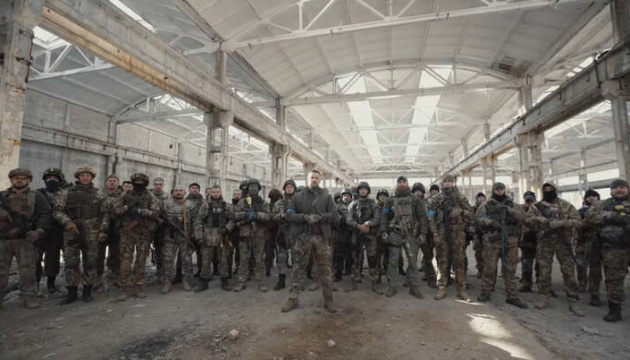
The patrol police erected fortifications around their base, organized training on the deployment of personnel and high-speed escort of motorcade.
Next, the defenders of the city divided it into four sectors of defense. The first two sectors were in charge of the 1st and 2nd Azov Battalions. However, the events unfolded so dynamically that this division was quite conditional and somehow the main control of the city's defense was still held by the “Azovites” under the command of Radis (Denis Prokopenko).

The attack on the city began by sea — on February 24, at 04:00 from the Russian side of Yeisk, two huge ships set sail for Mariupol. Around 09:00 the Mariupol airport began to hit the airport of Mariupol.
Ships of the 9th DNK (9th Division of Surface Ships) and 23rd ZMO (Mariupol Maritime Defense Detachment) were based in the seaport: several armored boats and the border guard ship “Donbass” BG-32. Our defenders replaced the fairway and the New Gate (one of the two entrances to the port's water area) with 32 160-kilogram anchor mines, which were brought from a warehouse in Ochakov.
The National Guards replaced the beach “Peschanka”, bordering the port. Later, the “Azovs” arrived with BTRs and anti-tank vehicles. Observation points were organized together.
DSHK machine guns were removed from Donbas and installed them on positions. The ammunition from the guns of the boats was transferred to the crew of the BTR “Azov” (the combat modules of the BTR and boats have the same gun model installed).
At the beginning of the invasion, Mariupol lived by faith in the invincibility of the Ukrainian army.
On the second day, after the capture of Melitopol, the speed of the enemy's advance became clear. So the defenders of Mariupol were already expecting the landing of an enemy landing on the section of the coast of the Sea of Azov from Mariupol to Yurievka, where the Azovans carried duty from the anti-landing defense, but it did not happen.
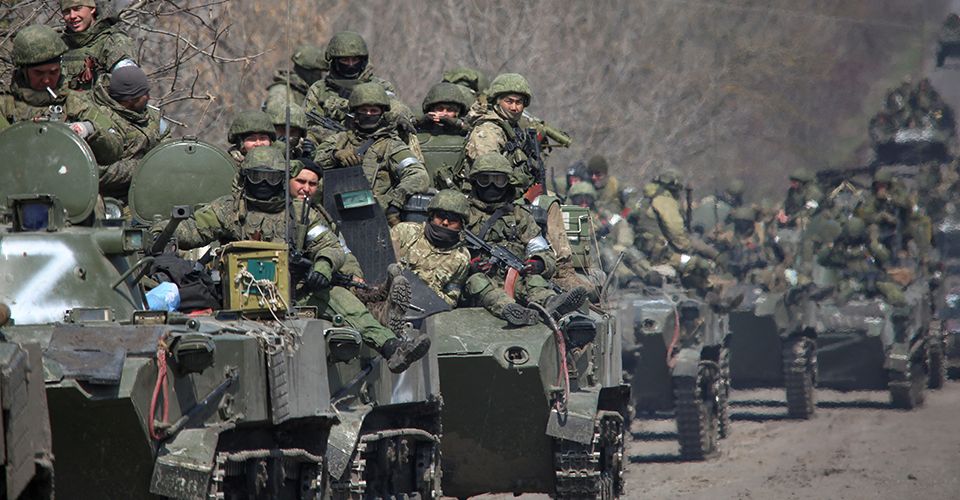
So the defenders planned to meet them at the entrance to Mangush (20 km west of Mariupol) — they moved there, replaced bridges, installed anti-tank vehicles. The Azovs had a special purpose sniper group and a special purpose reconnaissance group. This is the anti-tank reserve, these are scouts, these are saboteurs, these are snipers. They blew up bridges near Mangush and Old Yalta and withdrew to the city.
On February 26, Mariupol already had 58 wounded civilians. The hospital did not have time to operate. Meanwhile, bread prices jumped sharply in stores. And all because of the flour, which no one has brought to the city since February 24. For some varieties of bread, prices jumped to 100 UAH per kg. It turned out that there was simply nothing to bake bread from.
The defense headquarters of the city becomes clear that it will have to fight in full encirclement. In the morning, the commander of the AZOV OZP Denis Prokopenko records a video message in which he promises to destroy the Russians: “The AZOV Regiment, together with the Armed Forces of Ukraine, the National Guard and other security forces, is reliably defending the city of Mariupol. We will fight to the last drop of blood.”
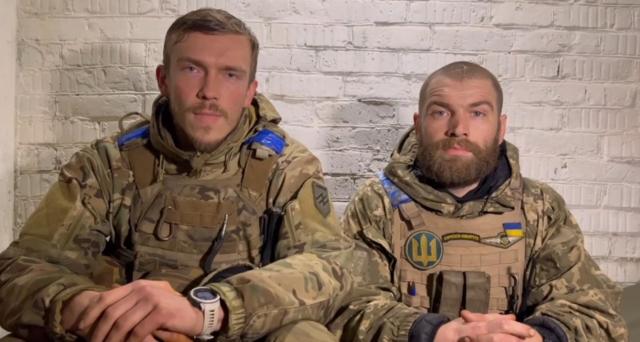
Locals who tried to escape from the city met Russian, not Ukrainian, military equipment on the roads outside the city. Some came under fire. It became clear that the city was under complete siege.
On the afternoon of February 27, several Mi-8 helicopters flew to the intersection of Boyka Avenue and Karpinsky Street, evacuating wounded civilians and military. This episode became famous thanks to the video of paramedic Yulia Paevskaya (“Tyra”), who was later captured, but managed to hand over a card with the material to journalists.
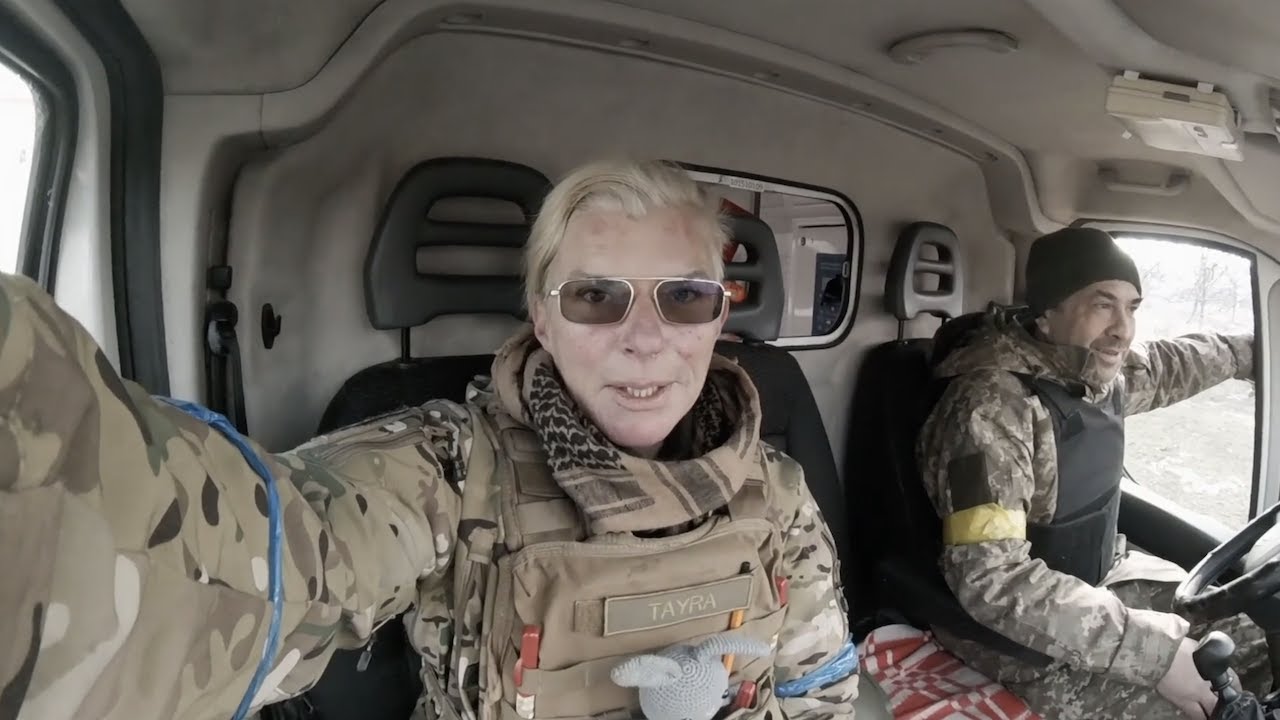
At night, sabotage and reconnaissance groups of the regiment “AZOV” blow up the equipment of the Russians in the area of the bypass road of Melitopol. It was obvious to the defenders of the city that there was not enough ammunition to hold the siege, so they sent four KRAs with the support of a special purpose sniper group to Rozivka (Zaporizhzhya region, 50 km northwest of Mariupol), to the Ukrainian Defense Forces warehouses in the South sector. The cars managed to return to Mariupol literally at the last moment before the enemy entered. This was the last ammunition brought to Mariupol. Four KrAZs. They were enough for half an hour of battle.
On February 28, Mariupol was left without light. Along with the light, the water disappeared. The Russian army cut high-voltage lines, power inputs to the city. It acted clearly according to the coordinates. Throughout the night of March 1, the energy workers tried to restore the electricity supply in the city. And in the morning they even had some successes. But in the morning, the Russians again launched missile strikes on the critical infrastructure of the city. After that, it was no longer possible to restore electricity. Further, this tactic will be used by the Russian aggressor in the autumn-winter of 2022-23 throughout the critical, primarily energy infrastructure of Ukraine. Mariupol is under enemy siege.
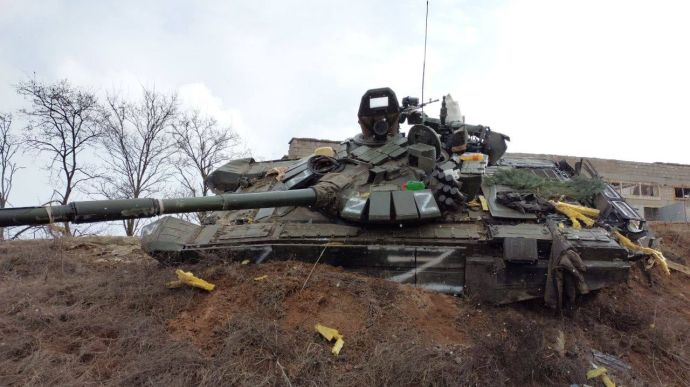
In the first half of the day, a tank and three ATVs of the Russians passed from Kremenovka to the Nikolsky bypass road, but in Nikolskoye, where the unit of the Ukrainian Defense Forces was based, the enemy did not enter, did not block the Mariupol-Zaporizhzhia highway, hiding in a ravine near the village of Topolyne. In the evening, a column of dozens of units of Russian equipment — tanks, ATVs, trucks, self-propelled artillery and BM-21 Grad, enters Topolny from the side of Kremenivka.
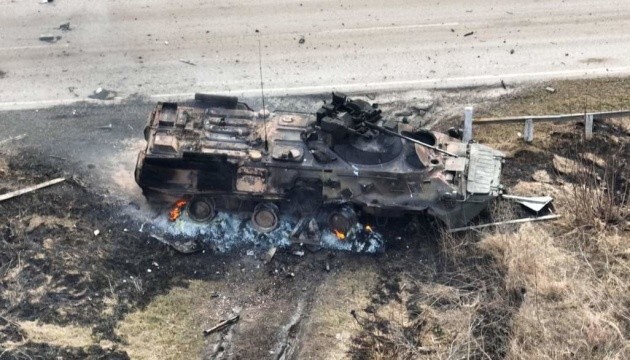
Heavy fighting continued on the approaches to Mariupol, primarily in the north and east. Ukrainian fighters left the airport, which for eight years was one of the main bases of the city's defense forces.
In the southwest on March 4, several enemy tanks also enter the city, but without infantry support — they drive chaotically, shelling houses.
Many civilians are hiding in Azovstal bomb shelters and other bomb shelters in the left bank area. The shelling of residential neighborhoods in the eastern and western areas of the city continues.
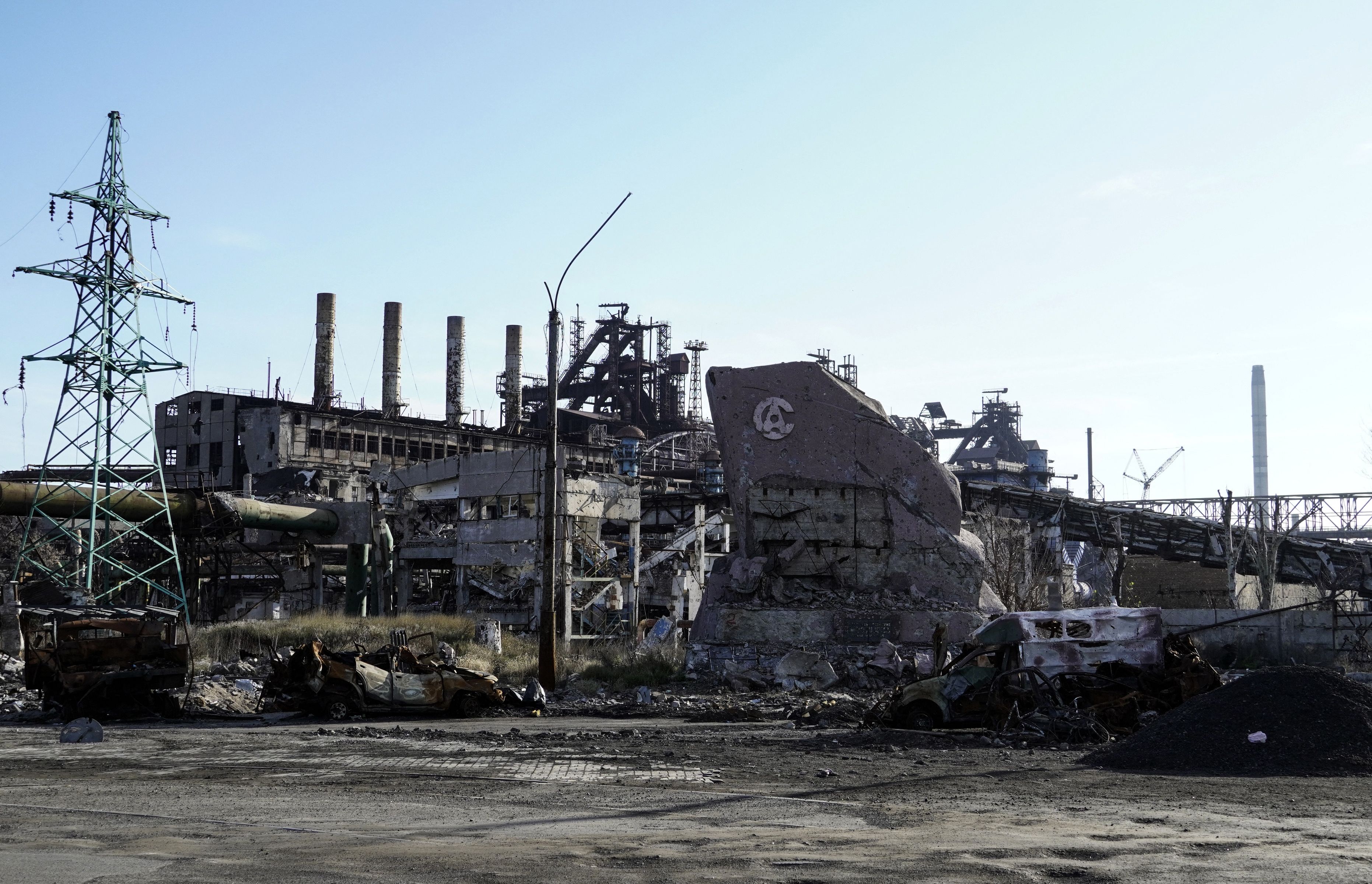
The Russian army did not miss the humanitarian column heading from Zaporizhia to Mariupol. In it, in addition to humanitarian cargo, there were empty buses that were supposed to evacuate residents from the city.
A column of Russian BTRs, “Tigers” and Typhoons of the GRU special purpose brigade (60-80 fighters) entered the deep rear of the Ukrainians. While the fighting continued on the outskirts, Russian special forces were a hundred meters from the Azovstal plant.

In the city, communication is constantly disappearing, but local telegram chats are getting announcements about the search for missing relatives and friends, reports of shelled houses and people killed in them.
Black smoke rises above the center, fires burn throughout the city. Mariupol residents bury the dead on their own. There is no food or water in the city.
The Russians captured the survivors after the bombing of the premises of the regional hospital in Mariupol (ul. Troitskaya, 46), staff and patients were taken hostage.
One of the first convoys of cars with civilians managed to leave Mariupol — according to approximate estimates, 20,000 people were saved from the hell of the fighting. The dead lay in the streets of the city center, there was no one to take away the bodies.
As of March 17, 2022, the Ukrainian military controlled only half of the enemy-encircled city. In late March — early April, the Ukrainian military managed several times to deliver reinforcements and medicines to besieged Mariupol, as well as to evacuate the wounded.
In early April, the Mariupol City Council announced the destruction of 90% of the buildings in the city. In April, satellite images showed the appearance of several mass burials in the suburbs.
At the end of April, the ring of defense was squeezed into the territory of the Azovstal plant — a separate heroic and at the same time tragic page of the Battle of Mariupol.
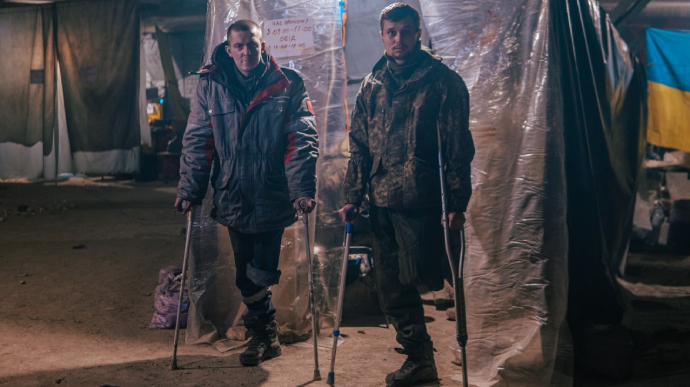
In the second half of May, on the orders of the commander, several thousand Ukrainian fighters left there, of which more than 2000 people are still in Russian captivity.
